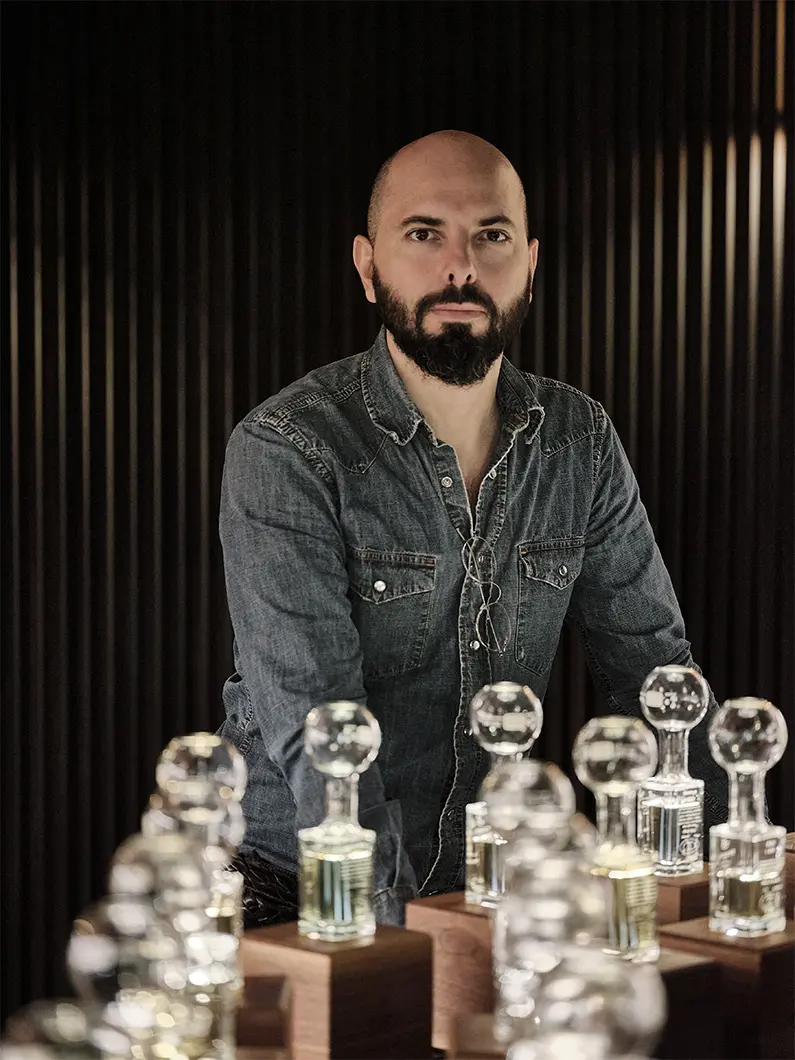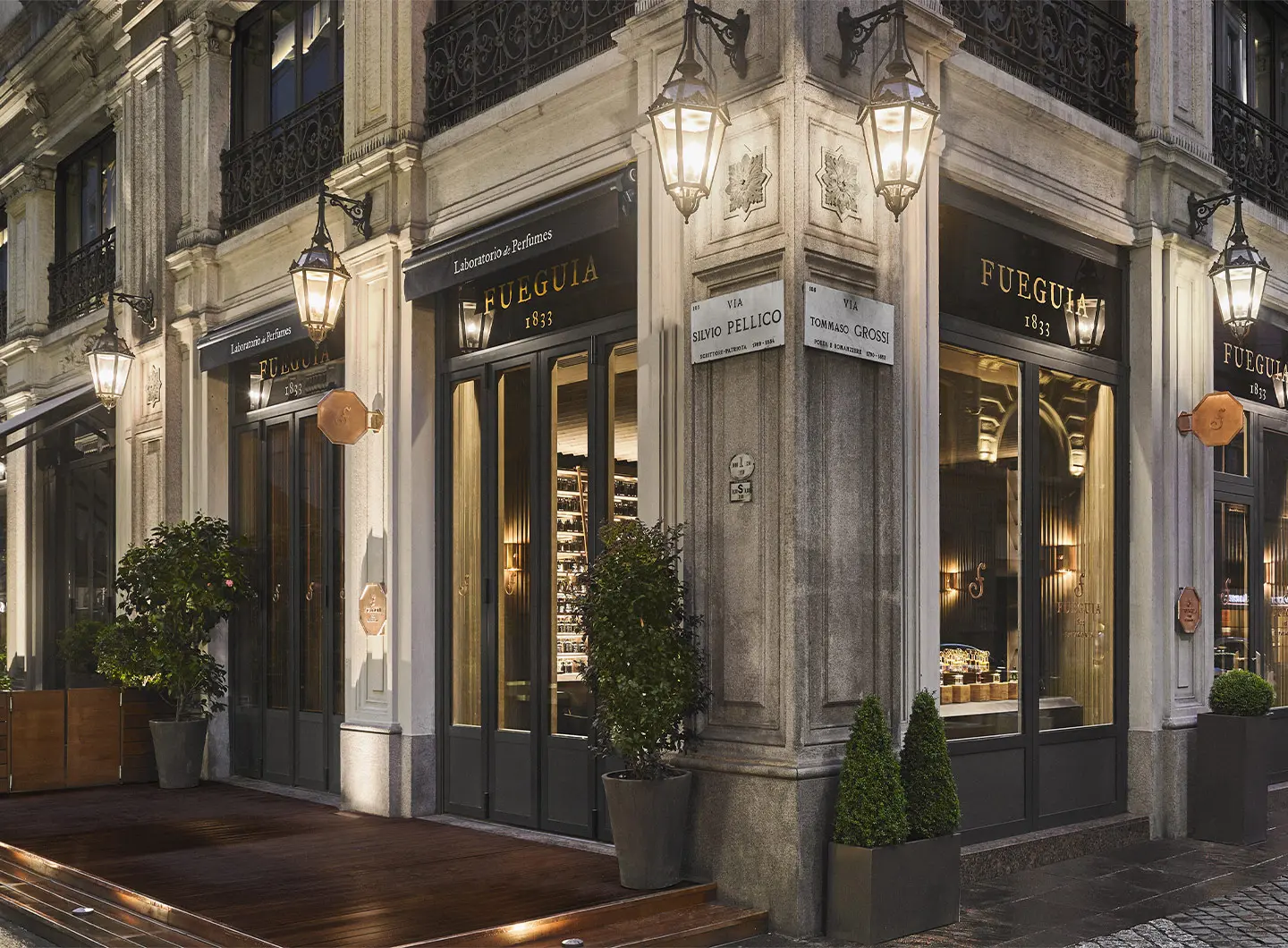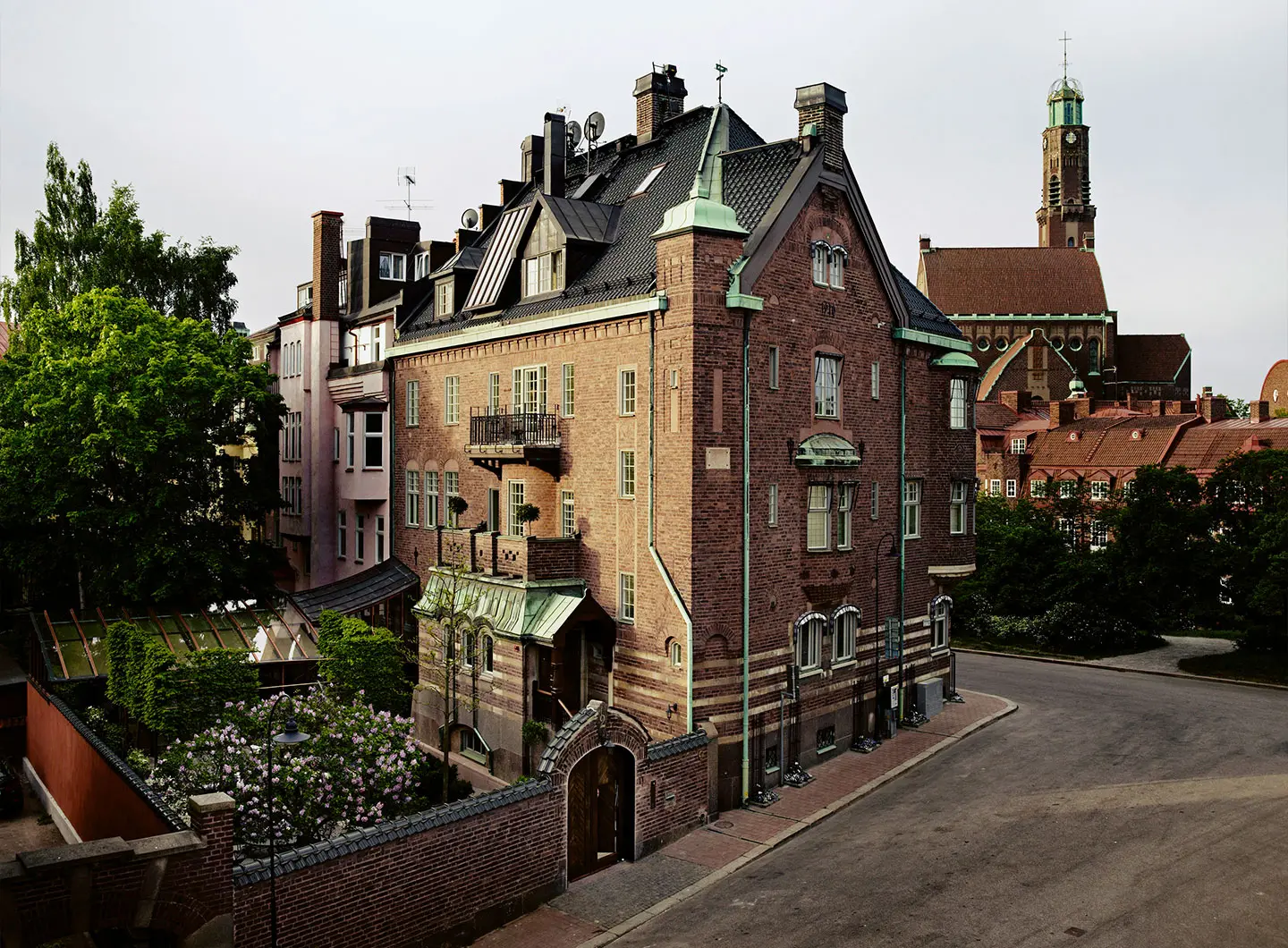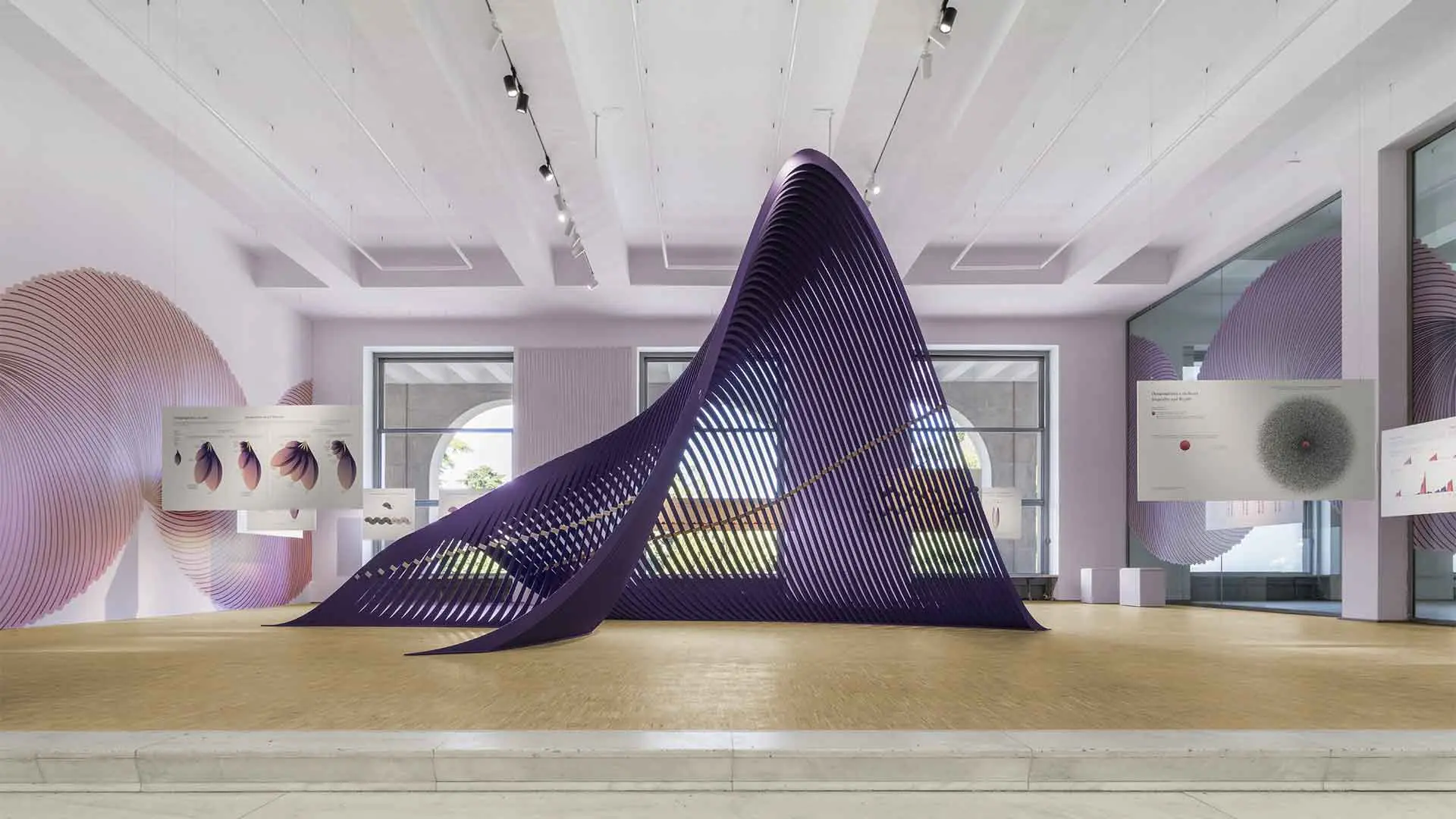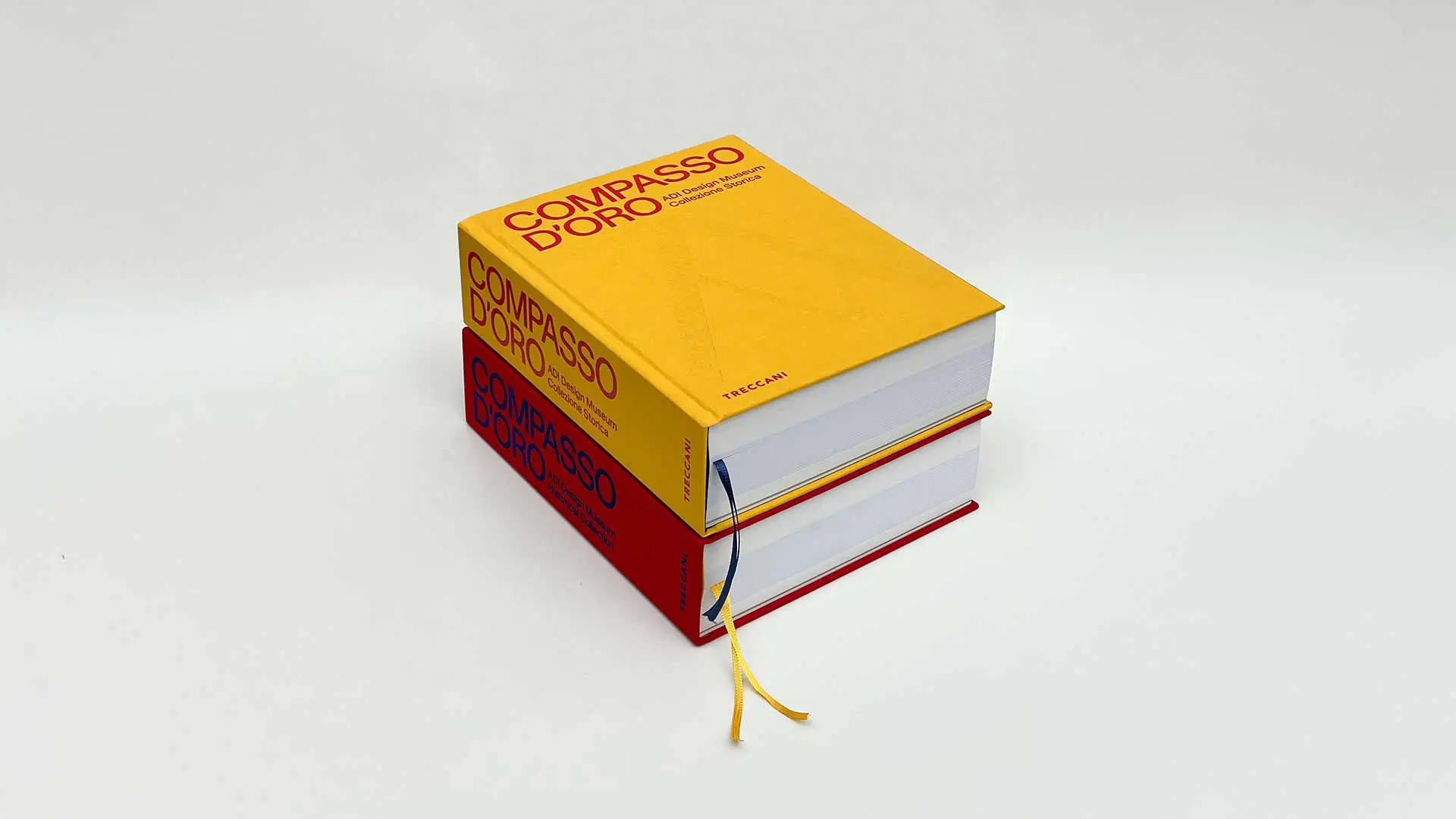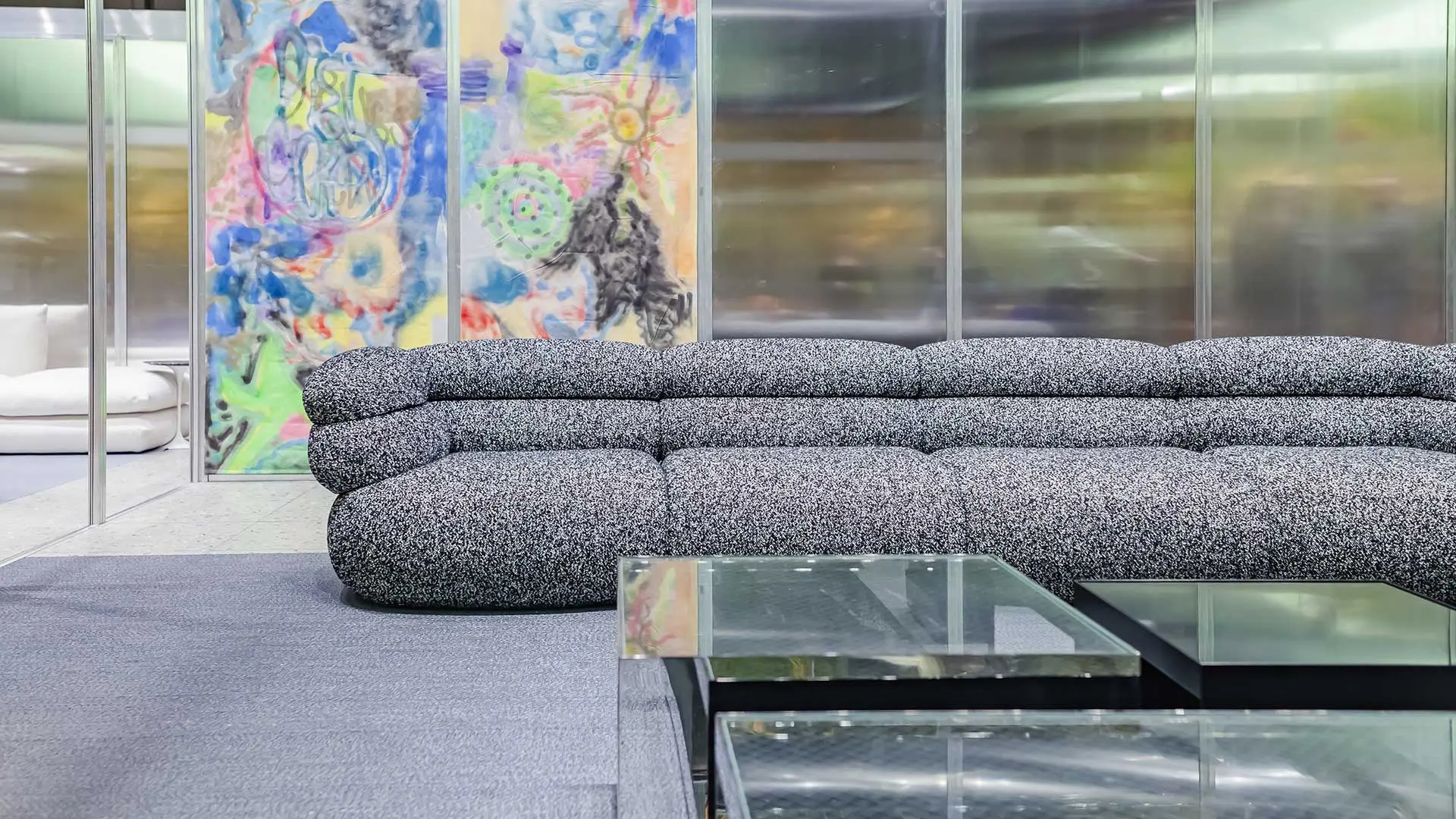From urban geopolitics to the biopolitics of bodies, the 24th Triennale - inaugurated by Nobel Laureate in Economics Michael Spence, amongst others, and open to the public until 9th November - denounces the structural inequalities that mark contemporary lives, offering insights and solutions through the contributions of internationally renowned artists, architects, designers and scholars
The olfactory design of places according to Julian Bedel
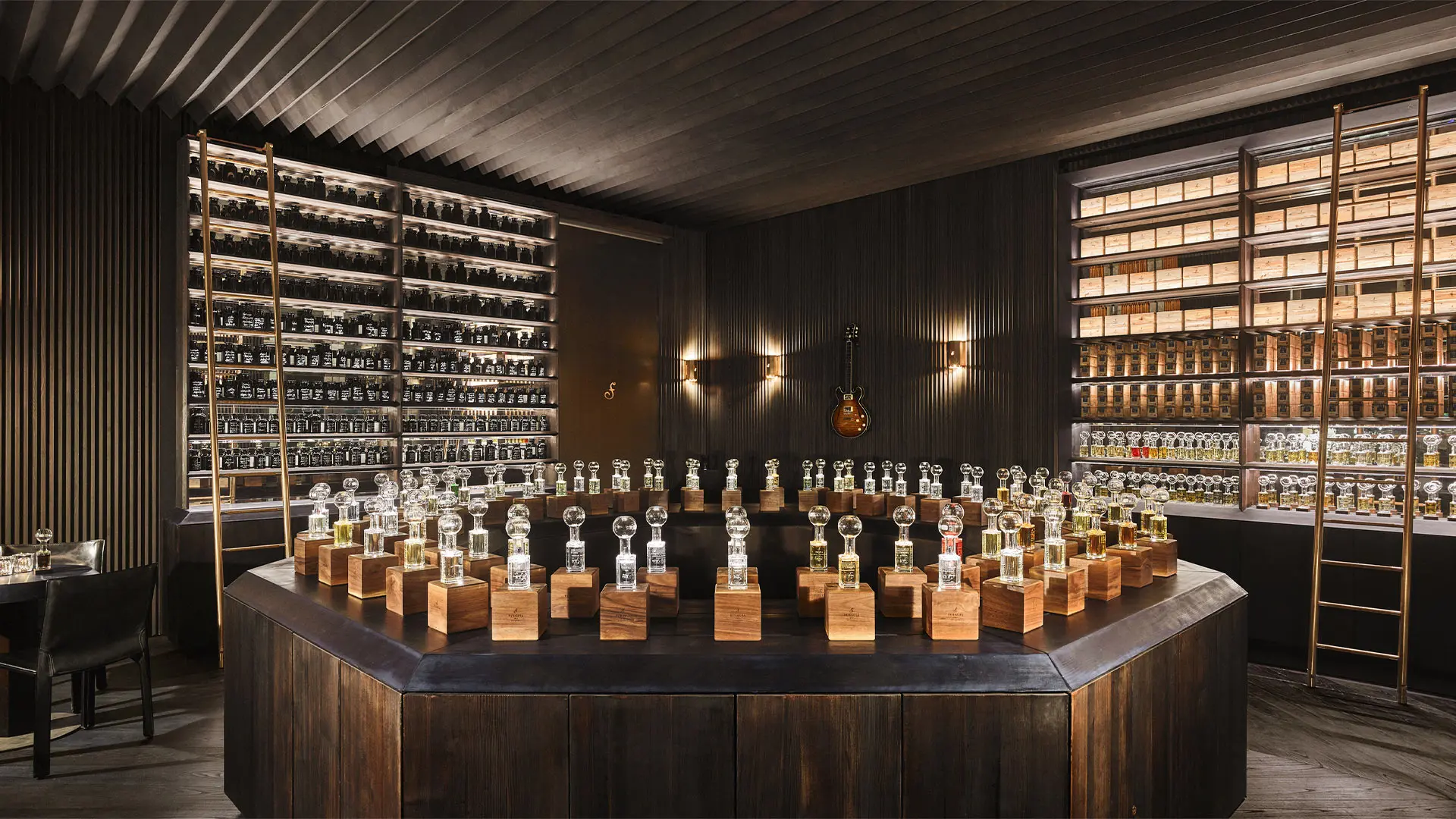
Fueguia 1833, Milan, photo courtesy
Spaces and fragrances are indissolubly linked. Perfumes permeate the space, defining it and communicating it. The founder of Fueguia 1833 tells how the olfactory identity of a space comes into being
When we become aware of a perfume, this happens on a number of different levels: memory, recognition, suggestion, comfort, revulsion; all these aspects determine the olfactory dimension and identity of the places we live in. Elements that architects and designers have to take into account during the creative process. The trailblazer in this particular field, Julian Bedel, a self-taught chemist and botanist, luthier and guitarist, explores the confines of the natural world to create olfactory atmospheres capable of expressing the identity and unique nature of the spaces with which he is invited to work. His “creations” include a signature scent for Stockholm’s Ett Hem Hotel, the Hauser & Wirth Foundation, the NY Jewish Museum, and the automotive brand Rolls-Royce.
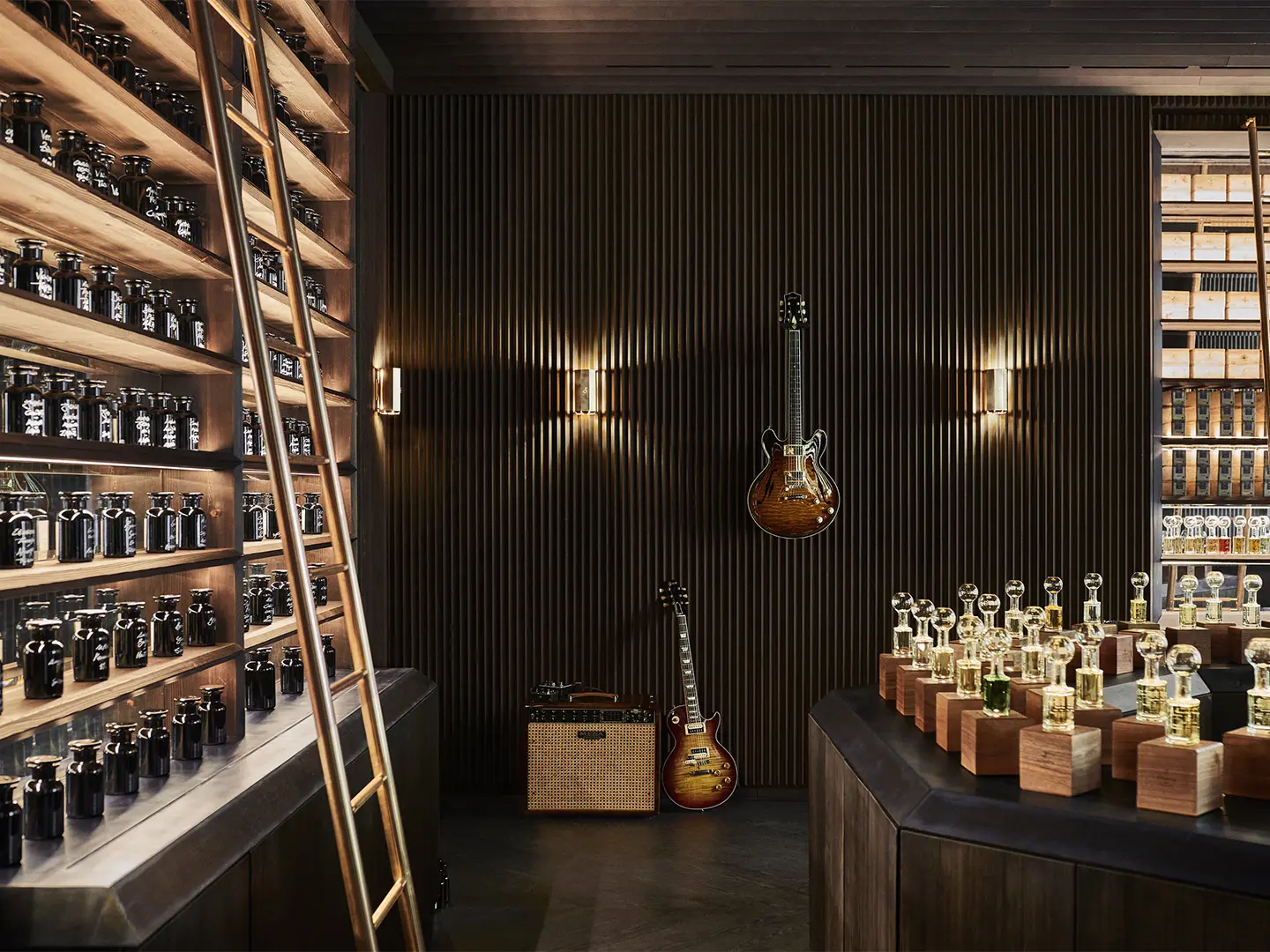
Fueguia 1833, Milan, photo courtesy
I think so. Basically, it’s just the means of expression that changes - painting, sculpture, music, the art of perfume. What counts is the desire to take on new “fields” with the same curiosity and the same open mind.
Exactly the same. The same is true of cooking. The difference is that a bowl of pasta doesn’t last over time. When there are elements that need to be combined, the process doesn’t change, whether you are trying to cook or compose a tune. Of course creativity comes into it. It’s at this point that the mystery, the magic comes in. I start even earlier, with prior preparation that allows me to find out whether I can achieve the result based on the components available to me. Then the influences gathered in the past come in. When it comes to music, rhythms and sounds that I have listened to, and when it comes to perfumes, it’s what I’ve breathed in – landscapes, art, building, furniture even.
The intention was to create a symphony of scents and perceptions starting from medicinal plant extracts that have a real influence on the human psyche. Triggering experiences and emotions on a subconscious rather than on a rational level. This is the effect that a fragrance should have, being in itself immediate, it doesn’t need to be explained or described. We interact with it without mediation, as we do with a work of art.
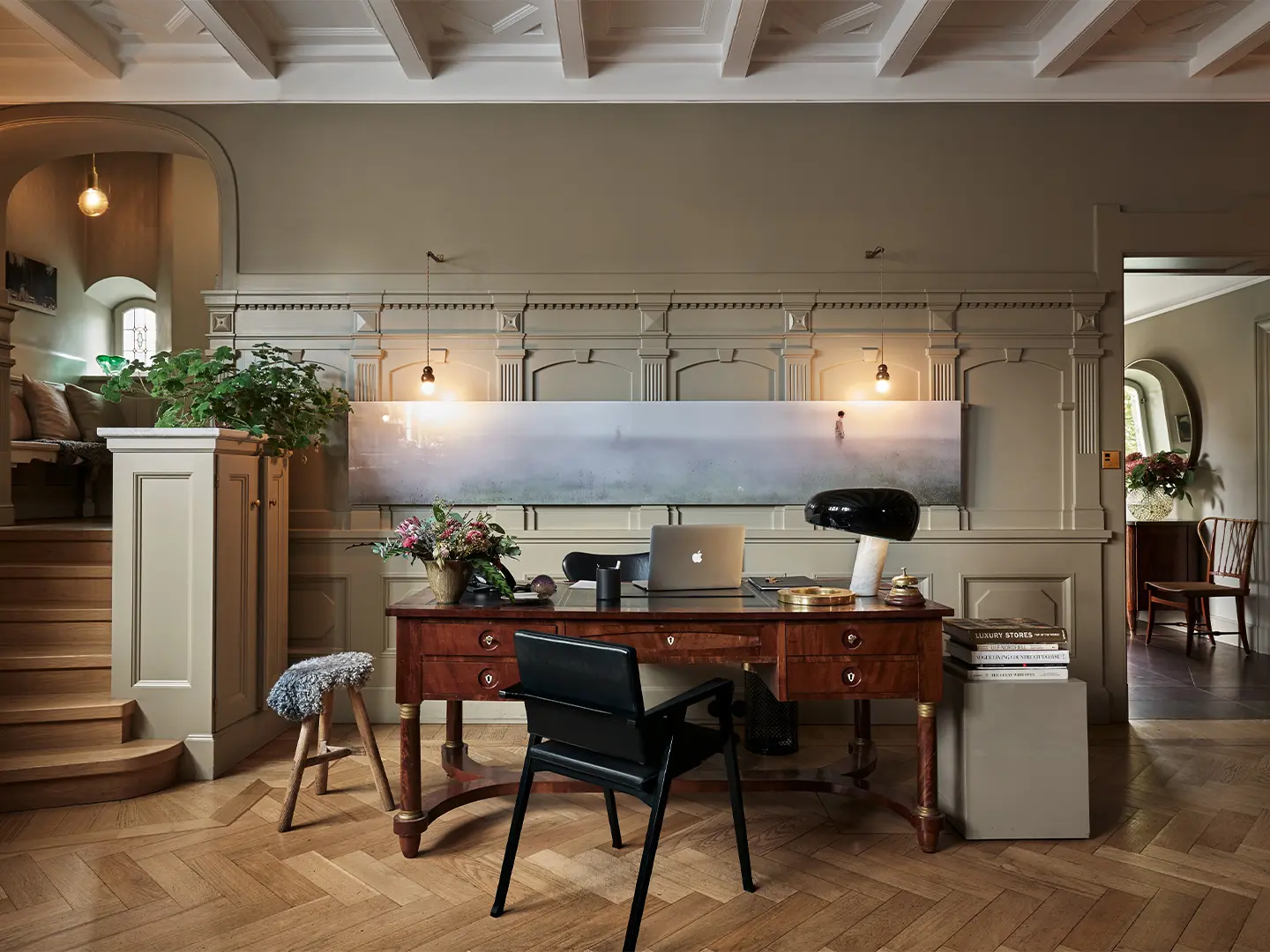
Ett Hem Hotel, photo courtesy
It’s not a desire, it’s a real drive, a natural curiosity; it’s wanting to take action, to take risks. I built my first guitar simply because I loved music – it was totally instinctive. Imagining and experimenting with spaces and buildings through perfumes and scents dovetails with my inclinations, it happens spontaneously. It’s different when a brand like Rolls-Royce or a hotel or an art foundation asks you to create their olfactory identity. That’s where the challenge comes in. It’s not a case of creating something you believe in, which reflects your own ethos and what you love, but of conceiving something in which that particular brand will recognise itself and that its stakeholders will like and understand.
The process isn’t so very different to my usual way of working. Obviously the brands have a fairly precise idea of what the result should be and the type of relationship they want to instil with their interlocutors by means of a scent, but they don’t drive the creative process, they put their trust in me. I don’t start by sniffing a car or a hotel or a piece of art. Rather, I work on the experiences and emotions their clients have, or would like to have, when they frequent a place or drive a particular vehicle.
We worked with three branches of the Foundation – Somerset, Alva and Minorca. In actual fact, the first meeting came about because I was supposed to be one of the exhibiting artists, but Iwan and Manuela Wirth and Ursula Hauser were immediately captivated by the idea of creating an ad hoc olfactory identity for the Somerset gallery. They’ve got an incredible garden there, designed by Piet Oudolf, and Manuela also has a garden full of flowers with a very precise olfactory imprint that I tried to reproduce in the internal spaces. The same process occurred in other galleries, allowing myself to be influenced by the surrounding environment.
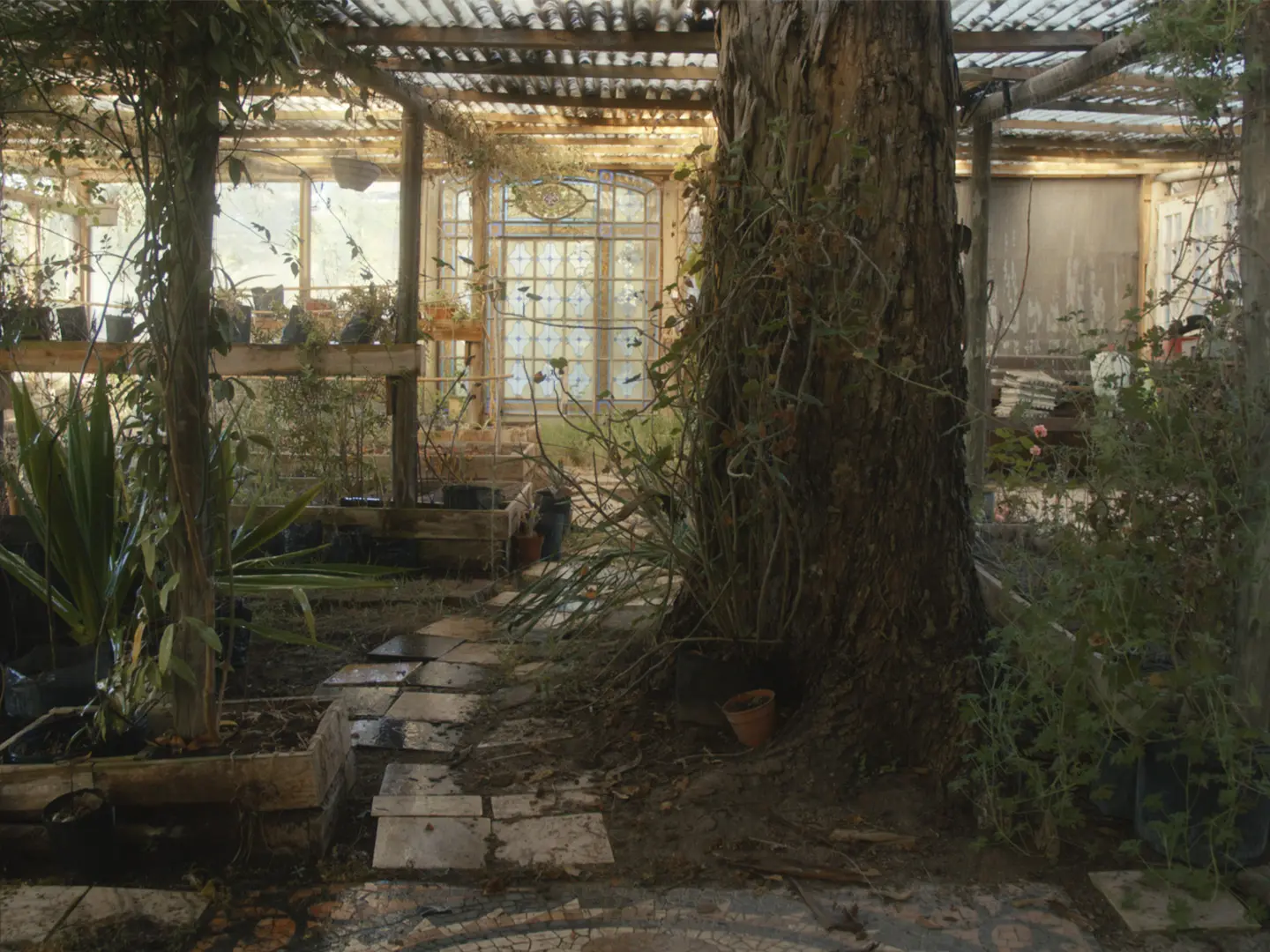
Fueguia Botany Uruguay, photo courtesy
The things that go into creating a space also determine its olfactory imprint: furnishings, fabrics, wood, leather, wallpaper, rugs, even the kind of wax used in the candles. All this triggers a positive or negative feeling, consciously or less consciously, which will influence the way we experience and feel that particular space. Then there’s our cultural baggage, which makes us perceive perfumes and smells in different ways depending on where we spent our childhoods, the food we savoured, what the natural environment was like. All these sensations contrive to create an extraordinarily personal olfactory experience of places and spaces in us.
We need to understand and work out why certain elements resonate differently within us and channel this knowledge, not just botanical knowledge, into the way we put together a scent.
I hope so, but I don’t want to inflict this social responsibility on fragrances. They undoubtedly have the power to make us feel better, even to connect us with the divine, and have huge transformative power. The scents of furniture, when natural, put us in touch with nature, with the environment. But I’m not convinced that’s enough.


